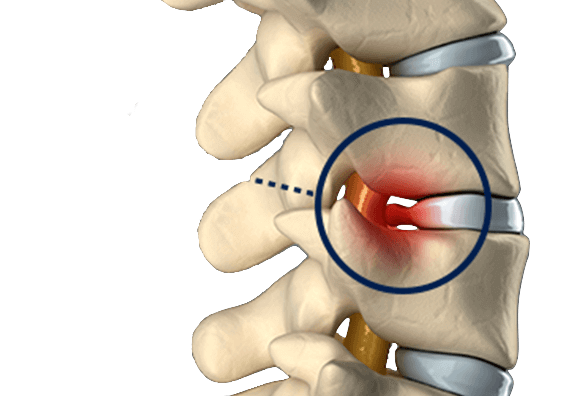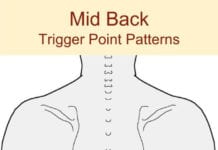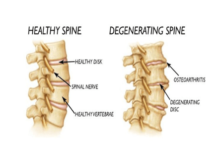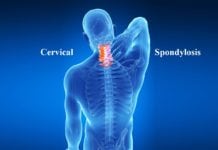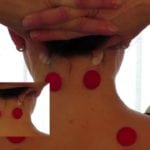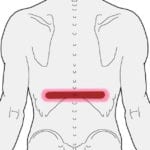Between the vertebrae in the spine are soft discs that prevent the bones from rubbing against each other. They also allow the spine to be flexible and strong by acting as shock absorbers for the twisting and turning that the spine does every day.
As we grow older, these soft discs gradually harden, making our spines less flexible and more prone to injury. When too much pressure is put on the disc, the outer layer bulges. This is called a bulging disc.
Alone, a bulging disc is not necessarily a debilitating condition, but it can be painful. However, it should be treated immediately before it becomes herniated. In some instances, a bulging disc can put pressure on the nerves in the spine, causing a great deal of pain. If the bulging disc continues adding pressure to the nerves, damage can result.
Medical imaging, such as a CT scan, MRI or X-ray, can help identify bulging discs. Your physician should review the symptoms and determine if medical imaging is necessary to determine if there is a bulging disc or other back problem.
Symptoms
Sometimes bulging discs go unnoticed because they are not pressing on nerves or otherwise causing pain. However, the majority of people with bulging discs experience some sort of pain.
The symptoms produced vary based on where the bulging disc is located.
- Tingling and numbness in the fingers, hands, arms, shoulders and neck.
- Weakness or pain in the toes, feet, legs, and buttocks
- Gastrointestinal problems (incontinence)
- Chest pain
- Sciatica
Treatments
Some bulging disc conditions eventually heal without extreme treatment methods beyond behavioral, occupational or physical therapy. However, sometimes the condition is more complex and needs further treatment methods to manage the pain and relieve the pressure of the disc. Such treatments can include the following:
- Medicines such as anti-inflammatories and pain killers
- Ice and heat therapy
- Cortisone injections
- Mild exercises
- Surgery
Bulging discs should not be ignored. Early diagnosis and proper treatment can relieve the pain and help release the pressure on the disc. It is important to seek an evaluation from a doctor if you suspect of having a bulging disc. The doctor can develop an appropriate treatment plan to get you on track to a pain-free back


















